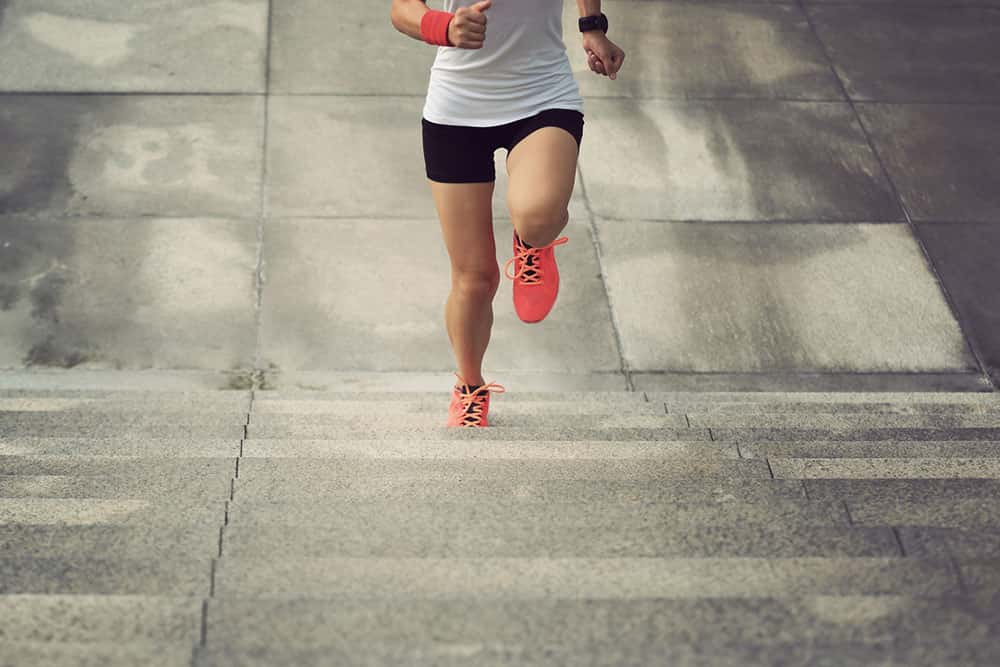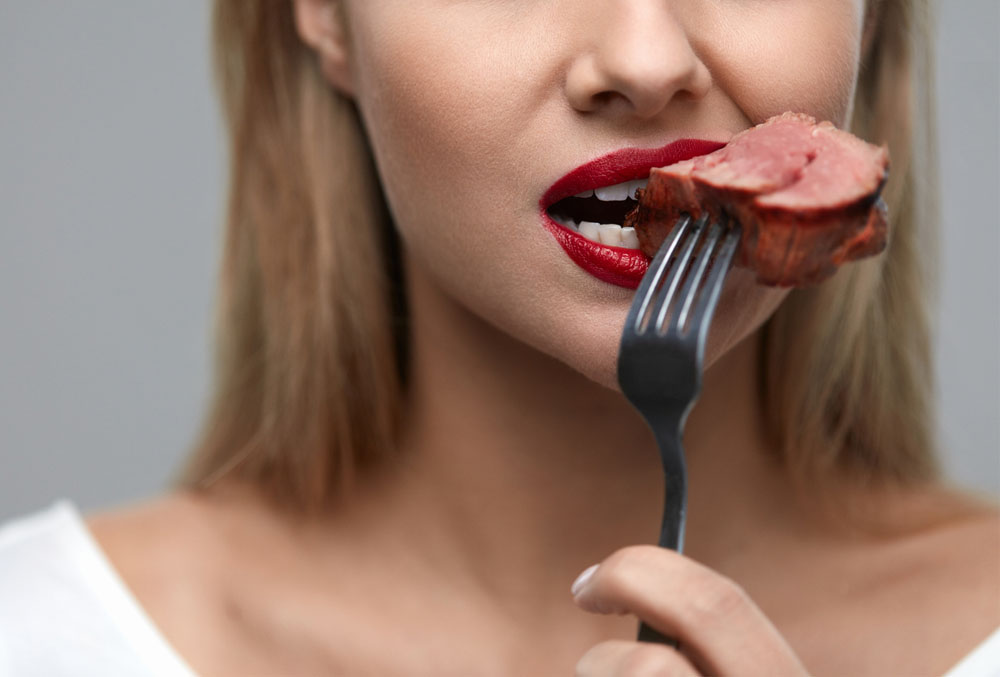The Case for CEE – Intervals Vs Endurance (Part 4)
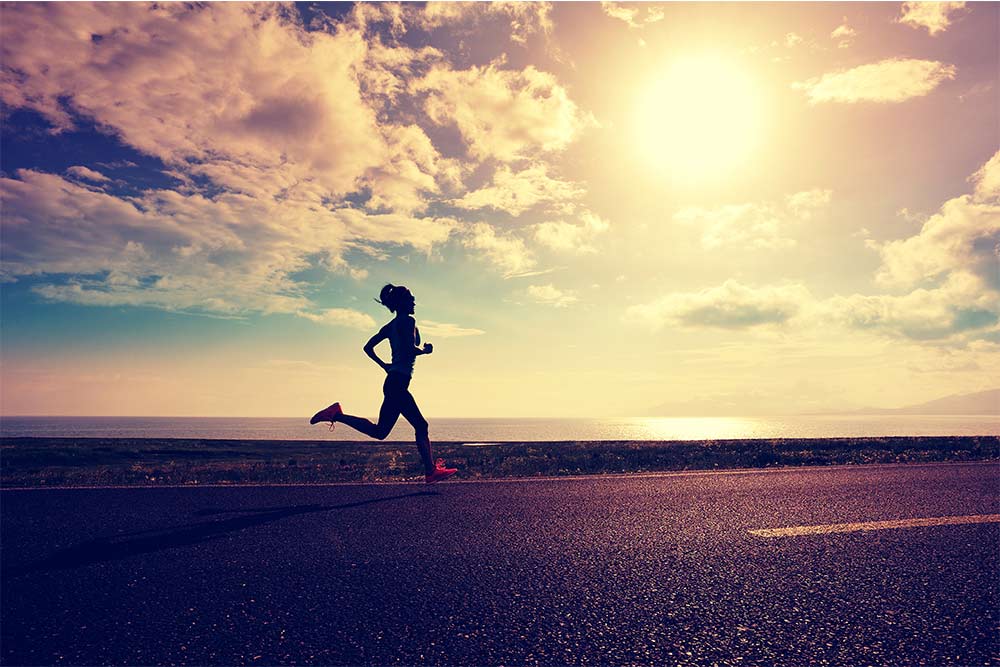
Evan Stevens
CEE has been getting a bad rap lately thanks to HIIT. Passé and the old way of doing things, it isn’t as well liked as the new, hip, HIIT protocols. However, CEE does have some things to offer on its own. For starters, it is much easier and more accessible to more people. It may require more time but you do not have to work nearly as hard. The physiological benefits you see from HIIT can be seen in CEE but at effort levels almost half as strenuous as HIIT. Whereas in HIIT you must be going at 90-95% VO2max, you can see the same effects at 50-60% VO2max. You just have to go for twice as long.
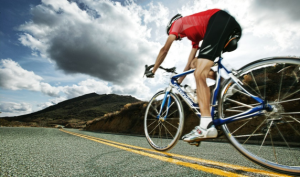 CEE is also more globally tolerated and is quantifiably more enjoyable. While there has been a lot of postulating and hypothesizing that HIIT would be more palatable as it is much shorter sessions and has been brought forward many times by proponents of HIIT but science would tell us otherwise. Even at higher intensities, continuous exercises won out over HIIT in terms of enjoyment and palatability.
CEE is also more globally tolerated and is quantifiably more enjoyable. While there has been a lot of postulating and hypothesizing that HIIT would be more palatable as it is much shorter sessions and has been brought forward many times by proponents of HIIT but science would tell us otherwise. Even at higher intensities, continuous exercises won out over HIIT in terms of enjoyment and palatability.
Cycling for 20 minutes at 90% VO2max was far more enjoyable and was tolerated better by subjects who performed Wingate tests of either eight sets of 20 seconds at 170% VO2max (all out) with 10 seconds rest (the traditional 2:1 interval to rest ratio designed to maximize fatigue), or 13 sets of 30 seconds at 100% VO2max and 60 seconds rest (an in-between compromise of short sessions with longer rest).
 Want to know exactly what you need to eat to sleep and feel better, lose weight, end cravings and have more energy? Check out the Viome gut microbiome and wellness kit.
Want to know exactly what you need to eat to sleep and feel better, lose weight, end cravings and have more energy? Check out the Viome gut microbiome and wellness kit.
While there were similarities in terms of health benefits (VO2max, Peak Power Output), over the eight-week study participants who were in the CEE group were significantly more likely to stick with the training through the course as well as after the study than either HIIT groups. This study does have some areas of contention, namely that it falls victim to the troubles of defining HIIT and CEE. 20 minutes at 90% VO2max is a higher intensity than what a lot of other studies quantify as being CEE and for a much shorter time period. That said, as an entire body or work, it was still more palatable than either method of HIIT described here simply because it wasn’t nearly as taxing.
Looking for a high performance pedal? Check out Pedaling Innovations’ Catalyst Pedals.
The Case for CEE
CEE also burns fat more readily than HIIT. While HIIT can cause fat to be stored in the muscles, this really only happens in highly trained individuals. Working out at high intensities diverts blood away from fat stores and towards working muscles where oxygenated and glycogen-rich blood is needed. At lower intensities, 50-60% VO2max, blood was still flowing to where fat is stored and could thus be burned more readily as a source of fuel.
Looking to boost the effectiveness of your CEE workouts? Supplement with this protein powder for great results:
Related Article: Keep Moving – Aerobic Exercise Increases College GPAs
As we get fitter, we can preferentially burn fat. However, if we cannot get to the fat stores because our blood is going to our muscles instead of our fat stores, it is a redundant system. This is the reason why highly trained individuals are able to store fat within their muscles so that they can access it more readily. Overall, continuous exercise at lower intensity is better for those looking to get rid of a little extra fat during their initial training phases. In the long term, this becomes less of an issue.
 Recover faster from high-intensity workouts by combining cold therapy and massage with the Recoup Fitness Roller.
Recover faster from high-intensity workouts by combining cold therapy and massage with the Recoup Fitness Roller.
One other thing to consider with CEE: the heart rate is more controlled, the left ventricle has more time to fully fill. At very high intensities, the heart is beating at such a rapid rate that it cannot completely refill between contractions and less blood is pumped as a result. At lower intensities the heart does just the opposite, filling more and pumping more blood with each contraction, which strengthens the heart. Over time, this can cause a lowered heart rate both at rest and during exercise, a unique adaptation to continuous exercise.
“Afterburn”
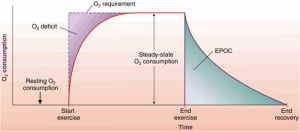 We just saw that there are numerous benefits for both HIIT and CEE. While the section on CEE may appear to be a bit longer, it is only because HIIT and CEE do so many things so similarly. CEE has initial fat burn and unique physiological changes to the heart as well as being a bit “easier.” HIIT can contribute similar if not stronger physiological changes to many of the same aerobic markers in half the time as CEE, so long as you are prepared to work at it.
We just saw that there are numerous benefits for both HIIT and CEE. While the section on CEE may appear to be a bit longer, it is only because HIIT and CEE do so many things so similarly. CEE has initial fat burn and unique physiological changes to the heart as well as being a bit “easier.” HIIT can contribute similar if not stronger physiological changes to many of the same aerobic markers in half the time as CEE, so long as you are prepared to work at it.
However, HIIT offers one more trick up its sleeve that sets it apart from CEE and is a major reason why it is quickly growing as a leading exercise protocol. Following strenuous exercise, there is a period of increased oxygen intake. Excess Post-exercise Oxygen Consumption (EPOC or “afterburn”) is the phenomena post exercise where there is a drive to intake more oxygen, once believed to be because of “oxygen debt,” and was thought to exist to clear lactate built up because of strenuous exercise.
Takeaway:
Recent studies have shown that EPOC has nothing to do with lactic acid metabolism. EPOC is instead used to restore and adapt the body from the training session. This system restores energy to the body, producing ATP and increases metabolism in response to the increased body temperature from exercising which results in an increased consumption of fuel – fats are broken down with the resulting free fatty acids being dumped into the blood where they are circulated to replenish energy.
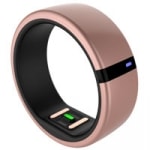 Track your fitness gains with the sleek and stylish Motiv Fitness Ring.
Track your fitness gains with the sleek and stylish Motiv Fitness Ring.
In this way, HIIT can rival the level of fat oxidation seen in CEE and has been shown to actually increase the effect of fat burning past lower CEE. EPOC is also improved with increased intensity and duration: the harder you work and the longer you work, the greater the afterburn effect provided by EPOC. This effect can last for up to as much as 38 hours post-exercise bout, but the largest effect occurring within the first three hours, increasing the metabolic rate by up to 13%. EPOC values were one area where metabolic factors were significantly increased over CEE.
Related Articles:
Why HIIT Excels – Intervals Vs Endurance (Part 3)
Why Is HIIT Different? – Intervals Vs Endurance (Part 2)
Clash of The Titans – Intervals vs Endurance (Part 1)
You Might Like:






